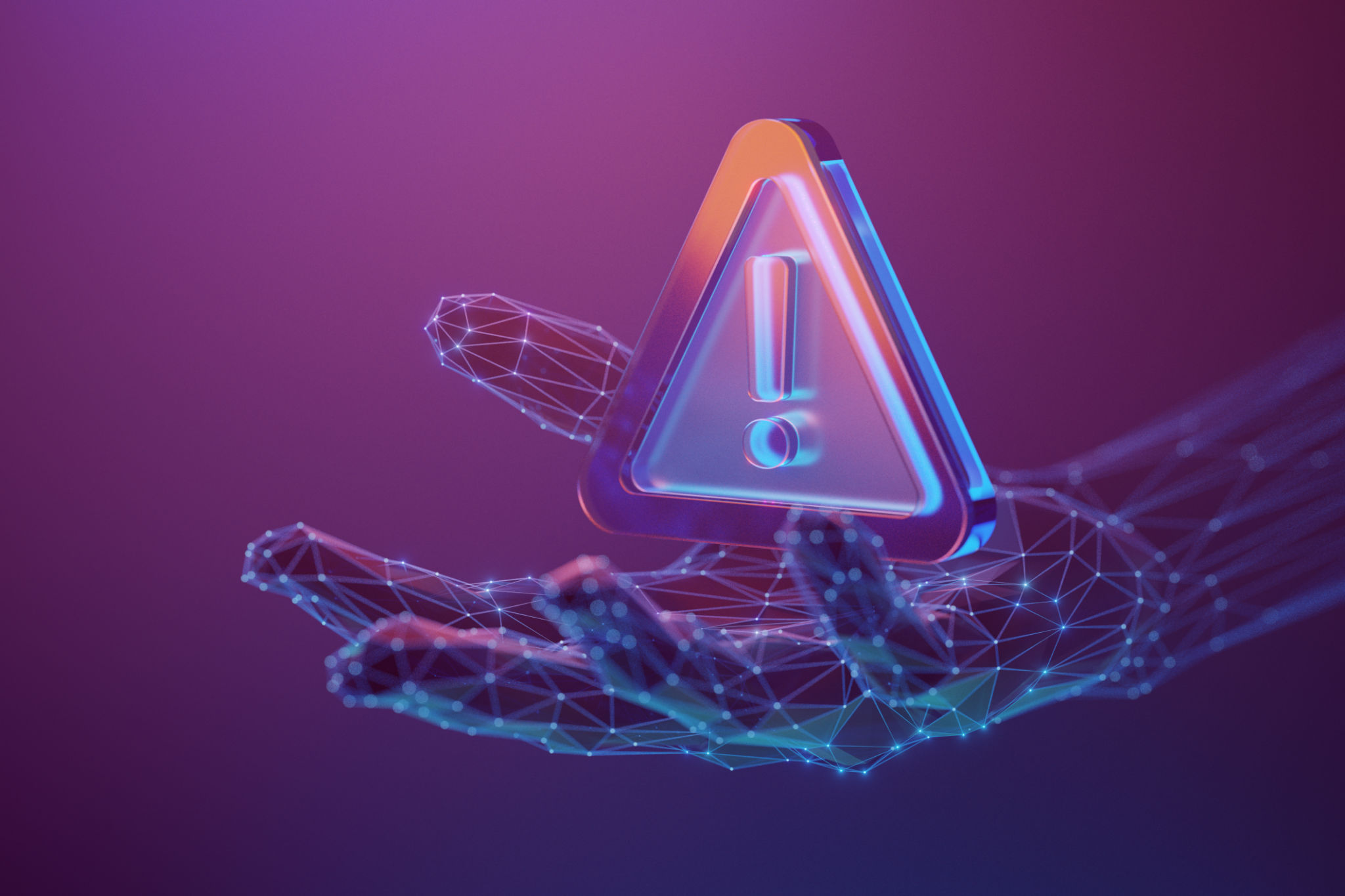The Impacts of PFAS on the Environment: What Professionals Need to Know
Understanding PFAS
Per- and polyfluoroalkyl substances (PFAS) are a group of man-made chemicals that have been used in various industries around the globe since the 1940s. Often referred to as "forever chemicals," they are known for their ability to repel oil, water, and grease, making them useful in products such as non-stick cookware, water-repellent clothing, and firefighting foams. However, their persistence in the environment and potential health risks have become a growing concern.

Environmental Persistence and Contamination
PFAS are incredibly stable, meaning they do not easily break down in the environment. This persistence leads to widespread contamination in soil, water sources, and even air. As a result, PFAS have been detected in alarming concentrations in various ecosystems, affecting wildlife and potentially entering the human food chain.
The contamination of water bodies is particularly concerning. Studies have shown that PFAS can accumulate in fish and other aquatic organisms, posing a risk to predators that consume them, including humans. The long-term environmental impacts of PFAS pollution are still being studied, but the evidence suggests a need for significant concern and action.
Health Implications of PFAS Exposure
Exposure to PFAS has been linked to a range of health issues in humans and animals. These include potential impacts on liver function, hormone levels, and immune response. Some studies have even suggested a link between PFAS exposure and certain types of cancer. The full extent of these health impacts is still under investigation, highlighting the importance of ongoing research.

Regulatory Actions and Challenges
Given the potential risks associated with PFAS, regulatory bodies worldwide are taking steps to manage and mitigate their impact. This includes setting limits on PFAS concentrations in drinking water and restricting their use in certain products. However, the regulation of PFAS is complex due to their widespread use and the large number of different compounds within this chemical group.
One major challenge in regulating PFAS is the lack of comprehensive data on their effects. While some PFAS compounds have been extensively studied, others have not, leading to gaps in knowledge that complicate regulatory efforts. As research continues to evolve, so too must the regulatory frameworks governing these chemicals.
Steps for Environmental Professionals
Environmental professionals play a critical role in addressing the challenges posed by PFAS. Here are some steps professionals can take to mitigate PFAS contamination:
- Stay Informed: Keep up-to-date with the latest research and regulatory changes related to PFAS.
- Conduct Assessments: Regularly assess sites for potential PFAS contamination, particularly those near industrial areas or firefighting training sites.
- Implement Remediation Strategies: Employ effective techniques to reduce PFAS levels in contaminated environments.
- Advocate for Policy Changes: Work with policymakers to develop effective regulations that protect both the environment and public health.

The Future of PFAS Management
The battle against PFAS contamination is ongoing. As scientific understanding progresses, new methods for detection and remediation are being developed. The collaboration between scientists, regulators, and industry professionals is crucial in creating innovative solutions that protect our ecosystems and health from these persistent pollutants.
Ultimately, reducing PFAS exposure will require concerted global efforts. By addressing the sources of contamination and enhancing our understanding of these chemicals' impacts, we can work towards a safer and healthier environment for future generations.